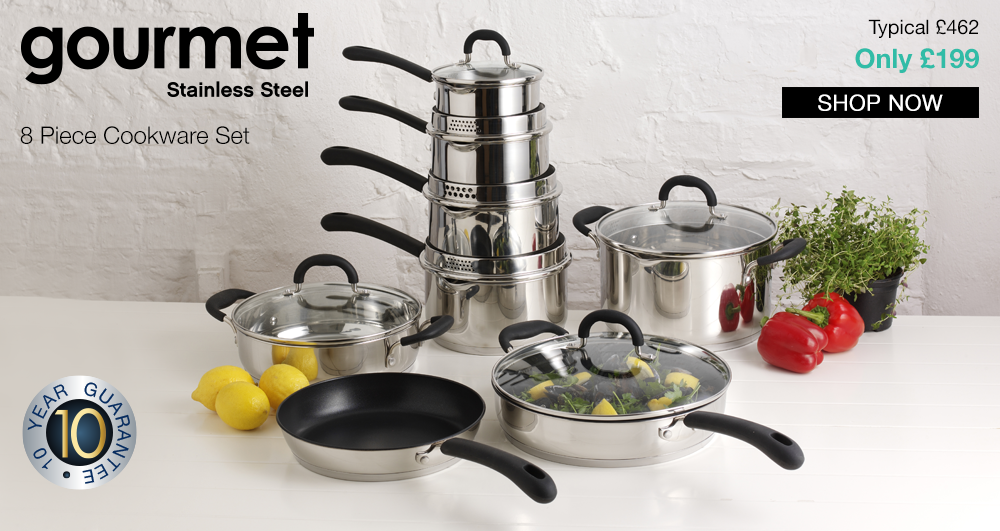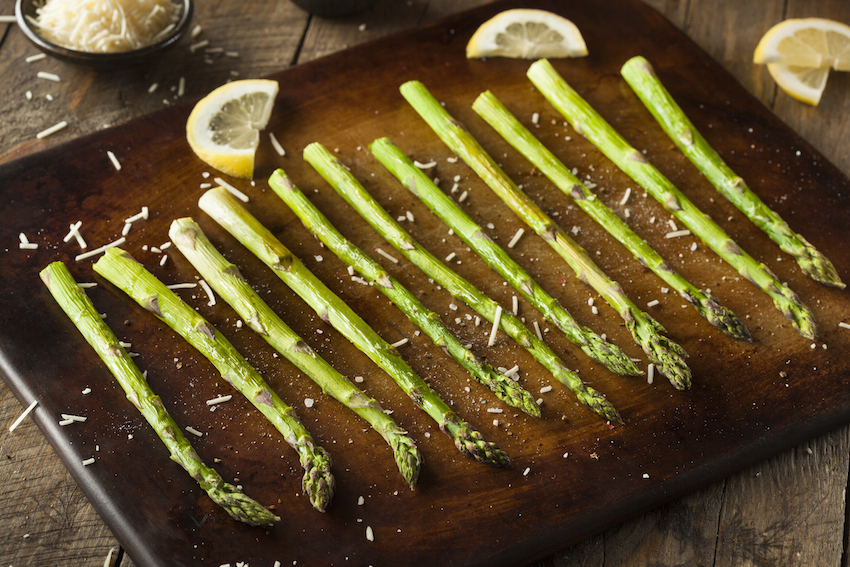Give the gift of great mealswith these
kitchen must-haves, essential kitchenware that every aspiring chef needs:
Cast
Iron Casserole Dish
These heavy-duty cast iron pots are
fantastic. From baking to slow cooking you will be using this little beauty for
everything! The cast iron casserole dish is an extremely versatile piece of
kitchenware that is both practical and attractive enough to go straight from
oven to table.
Professional
Knife Set
A professional knife set is the ultimate
addition to any kitchen. If the cook in your life does not own a great set of
knives then this is the gift of choice.
Ideally your knife set should include the
following all-rounders:a paring knife, utility knife, chef’s knife, carving
knife and the indispensable bread knife.
Always take care of your knives and only
purchase knives for persons over the age of eighteen.
Cast
Iron Griddle
A true must-have for the meat lover in your
life. This durable piece of kitchenware is perfect for steak, fish and
vegetables, giving those ever-pleasing characteristic charred stripes.
Salt
& Pepper Mills
A good set of salt and pepper mills are
essential. Seasoning is a key part of any recipe and a good set of mills will
go a long way in any kitchen as well as look stylish on yourdining table.
Wok
Everyone needs a good wok, that is versatile,
spacious and easy to clean and quick to cook with;this piece of kitchenware is
guaranteed to be a winning gift.
Traditionally used for cooking Asian
cuisine, the wok is also great for simmering and deep-frying.
Book
Stand
A cookbook stand is a wonderful addition to
any kitchen, offering the perfect reading angle; this is a must for those who
love following recipes.
Large
Mixing Bowl
Another multipurpose piece of kitchenware,
the mixing bowl will play a part in most recipes. There are many mixing bowls
on the market so think about what it will mainly be used for and go from there
when choosing.
Material options include ceramic, stainless
steel and glass and many mixing bowls come with additional features including:
measurements, pouring lips and stay-put silicone bases.
Chopping
Board
You simply cannot go wrong with a solid
wooden chopping board. This piece of kitchenware will be used morning, noon and
night.
We recommend avoiding chopping boards made
from glass and marble and to use wood or plastic to protect the blades of your
knives.
Pestle
& Mortar
This wonderful piece of kitchenware doubles
as both a spice grinder and an ornament. Thetimeless pairing efficiently crushes
spices and herbs to add a freshly ground kick to any dish and isavailable in
ceramic, granite and marble.
Oven
To Table Dish
Perfect for pasta dishes, pies and more.
The oven to table dish is a great piece of kitchenware that is ideal for dinner
parties and family meals. Look for one that is microwave, freezer and
dishwasher safe.









